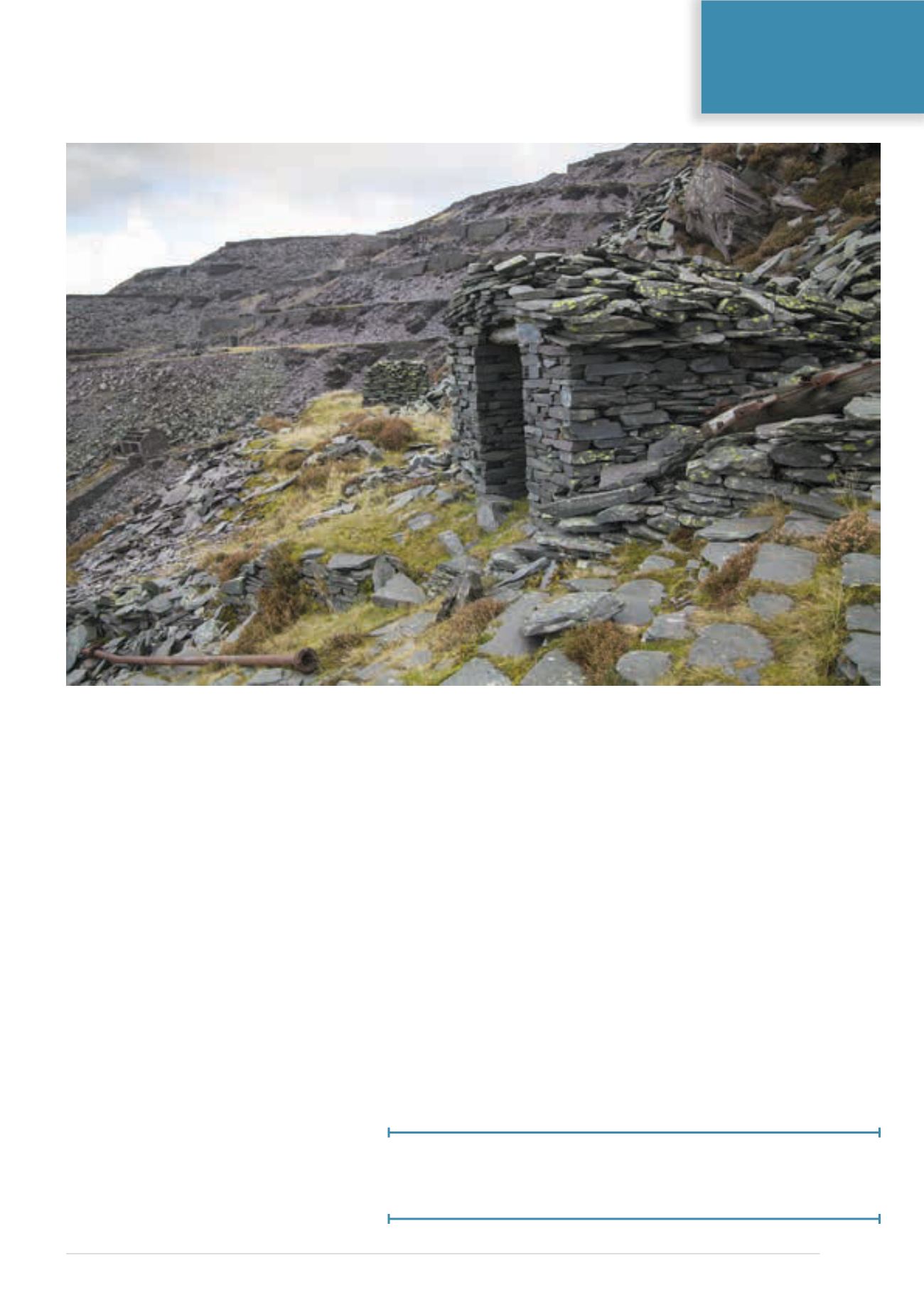
January - February 2014
MODERN QUARRYING
21
INTERNATIONAL
INSTITUTE FOCUS
An Association is formed
Although the attendance of seven didn’t come up
to expectations, it was decided that the new organ-
isation should be called The Association of Quarry
Managers. It was agreed to formulate a campaign
and to draw up what they thought their aims and
objectives should be.
On 1 December 1917, a meeting with repre-
sentatives of local quarry owners was held to allay
any fears that the intention was to form a trade
union of quarry managers. This was a sensitive
issue, because quarry owners were very militant at
the time and lengthy strikes were commonplace.
Suitably reassured that the aims of the Association
were to promite technical discussion within the
industry, the owners gave their support to the
venture.
The first AGM was held in Caernarvon on
12 January 1918. Unfortunately therewas a restricted
train service because of the war, and only three of
the 19 members managed to attend. However, a
management committee was formed at that meet-
ing, and the Objects of Association were defined as:
‘The discussion of technical and geological ques-
tions relating to quarrying, and other matters relat-
ing to the control and welfare of the quarries’.
Ordinary membership was confined to quarry
managers; quarry owners were designated
With membership growing very slowly, the fledgling
Association’s future was uncertain.
The old Dinorwic Quarry is now
home to the Welsh National
Slate Museum.
Honorary Members and had the same privilege.
The definition of ‘quarry manager’ for the purpose
of the Association was: ‘A person who has the man-
agement of a quarry and the works and labour
connected therewith’. Ordinary membership was
divided into three categories:
Managers of one year’s experience: Students of
the Association.
Managers of three years’ experience: Associate
Members.
Managers of five years’ experience: Members.
Although a quarterly publication called
The
Quarry
had been adopted as the official journal,
McPherson was convinced that publicity on a more
regular basis was required if the Association was to
survive. He pursuaded his colleagues to this point
of view and set about publishing the first issue of
The Quarry Managers’ Journal
, which appeared in
November 1918.
However, as no funds were available, the
production costs of £15 had to be covered by
advertising from eight manufacturers, who were


